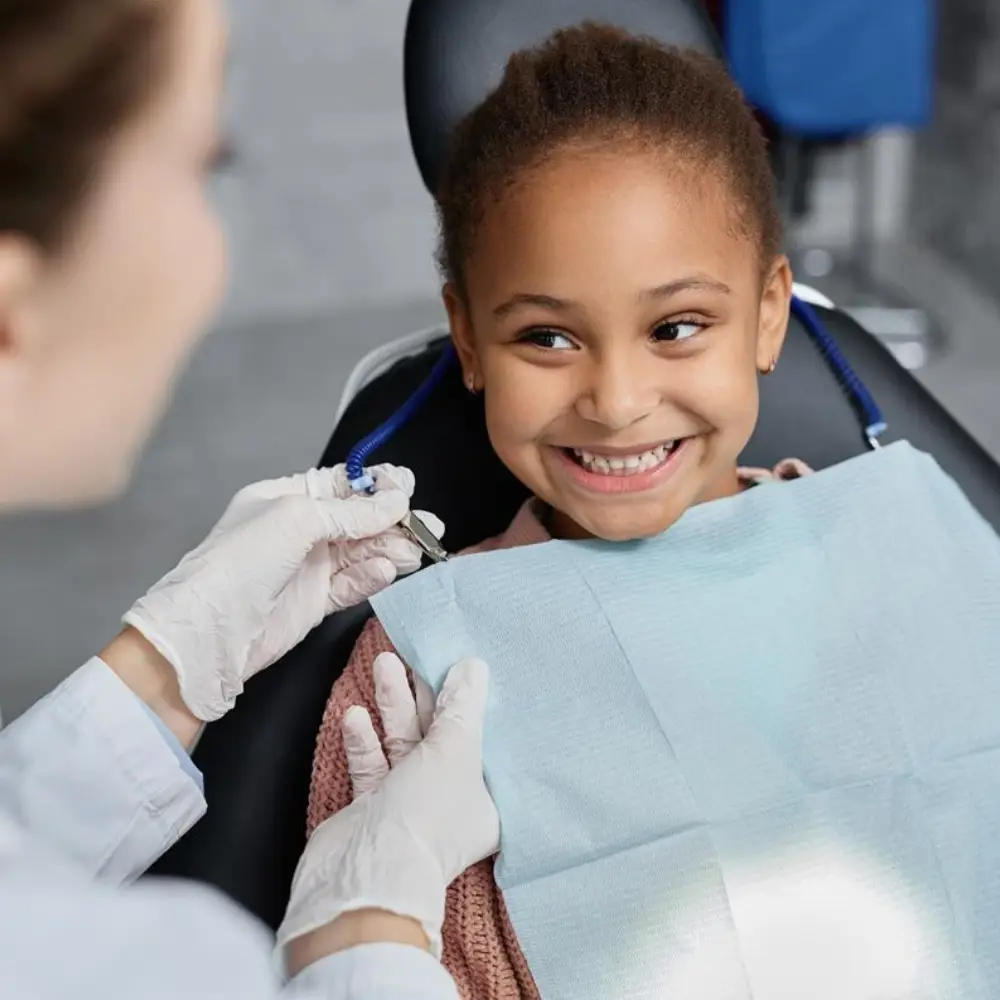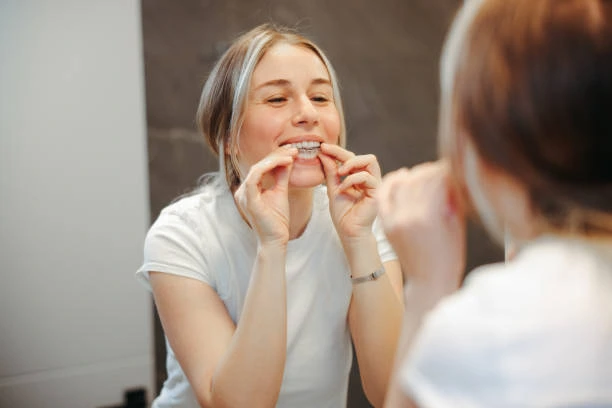Sleep apnea does not only deprive you of sleep, but also can cause severe health and lifestyle problems. Although CPAP machines and oral appliances are usually used, nowadays more and more people are using Invisalign as a comfortable and invisible alternative. Although clear aligners were originally created to straighten teeth, they can also assist with the improvement of airflow by realigning the jaw and teeth gently. However, is it an effective treatment of sleep apnea? Here in this blog, we will discuss what Invisalign is, when it may be useful, and whether it can be a part of your path to better sleep and better breathing.
Understanding the Link Between Invisalign and Sleep Apnea
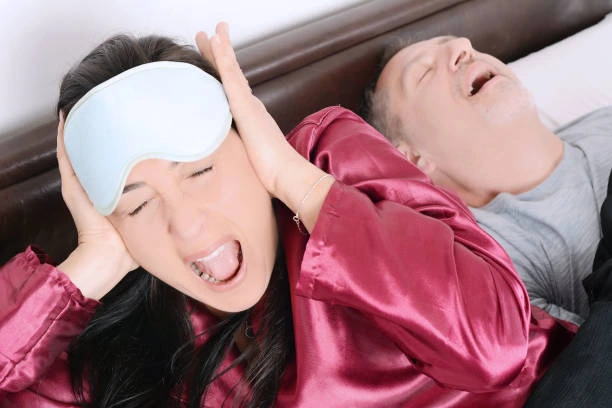
Clear aligner is not only about straighter teeth but also can make some individuals with sleep apnea breathe more freely. Although it is not a major treatment, current research and patient experiences indicate that clear aligners can assist in the betterment of mild obstructive sleep apnea (OSA), especially in cases where the bite or jaw misalignment is causing a narrowed airway in sleep.
How does it work, then, and who will be the biggest beneficiary? Now, we can discuss the connection between orthodontic treatment and the possibility to have more restful and undisturbed sleep.
Can Mild Sleep Apnea Improve with Orthodontic Treatment?
Obstructive sleep apnea occurs when the airflow is blocked by the collapsing of the soft tissue at the back of the throat. In other instances, the form or structure of your jaw contributes significantly to this obstruction. It operates by gradually realigning your jaw and teeth as time goes by. In individuals whose jaw is recessed or who have narrow dental arches, this adjustment can open the airway a bit, which decreases interruptions in breathing during the night. It is not a universal cure, but in combination with clinical supervision, it may be a significant step towards achieving better sleep, particularly, in patients with mild sleep apnea or upper airway resistance syndrome (UARS).
How Jaw Alignment Affects Breathing During Sleep
Your lower jaw (mandible) is very important for keeping your airway open at night. The position of the jaw being too far back or misaligned teeth may decrease the volume of the throat air passage. This is the reason as to why certain sleep apnea mouthguards are effective because they keep the jaw slightly advanced when one is resting. Unlike the temporary oral appliances, it offers a more permanent structural alteration. In the long run, your jaw may be moved to a healthier position, which can alleviate pressure in the airway and reduce the chances of airway collapse as you sleep.
What Makes Invisalign a Potential Alternative to CPAP?
Continuous Positive Airway Pressure (CPAP) is the gold standard of moderate to severe sleep apnea, not all of them are well tolerated. Others do not like the noise or mask and this results in poor compliance. Invisalign is a less invasive and quieter option to people with mild OSA that is partially caused by orthodontic issues. It does not push air into the lungs but rather it straightens the anatomy that causes the problem. It can also provide a cosmetic and functional enhancement when it succeeds, and you do not get the tubes and the noise.
When Is Invisalign Appropriate for Sleep Apnea Management?
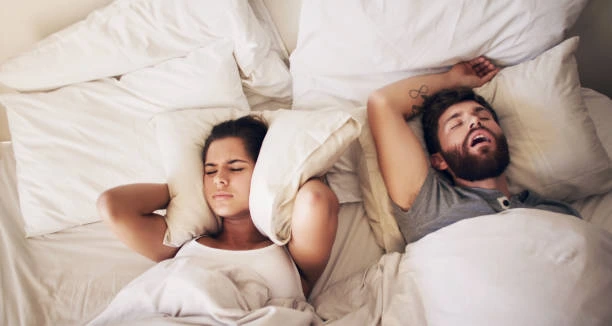
Invisalign is not a magic bullet and it may or may not work, depending on the nature and the severity of your sleep disorder. It can be useful in patients with mild obstructive sleep apnea and when the airway obstruction is caused by jaw or bite misalignment. Nevertheless, it cannot be used in moderate or severe cases and cases caused by other medical conditions. Before clear aligners are considered as one of the treatment options, a sleep specialist must conduct a proper diagnosis (which will include a sleep study). This will give you the safest and most effective care that suits your needs.
Diagnosing Obstructive Sleep Apnea First
Before beginning any treatment plan that includes Invisalign for sleep issues, you need to first determine if you have sleep apnea. This is typically done with a sleep study, either in a clinic or through a take-home device, that tracks breathing, oxygen levels and heart rate throughout the night. Only a doctor (usually a sleep specialist), can diagnose sleep apnea. Your dentist or orthodontist may suspect it by looking at the shape of your jaw or the symptoms you mention at night, but a formal test is necessary before any treatment can be decided.
When a Dentist Might Refer You to a Sleep Specialist
Your dentist may recommend OSA screening, in case they detect telltale signs, like a high-arched palate, teeth grinding (bruxism), or retruded lower jaw. Instead of going ahead with Invisalign immediately, they will probably advise a visit to a sleep specialist. Dental and medical professionals working together will make sure that whatever treatment you undertake will deal with both the dental and airway sides of the issue.
Invisalign Candidacy Based on Sleep Apnea Severity
Invisalign is also only considered in cases of sleep apnea when it is mild or borderline moderate and when there are structural components to the airway obstruction such as jaw alignment or bite problems. It is most applicable to people who need a long-term orthodontic correction and at the same time are under the care of a dental practitioner and a sleep medicine practitioner.
Nevertheless, Invisalign cannot be used as a sole treatment option in severe obstructive sleep apnea when the underlying pathologies are obesity, nasal obstruction, or neuromuscular diseases. In these instances, more medically accepted and conventional methods of treatment such as CPAP therapy or oral appliances may be required.
Benefits of Invisalign for People with Sleep Concerns
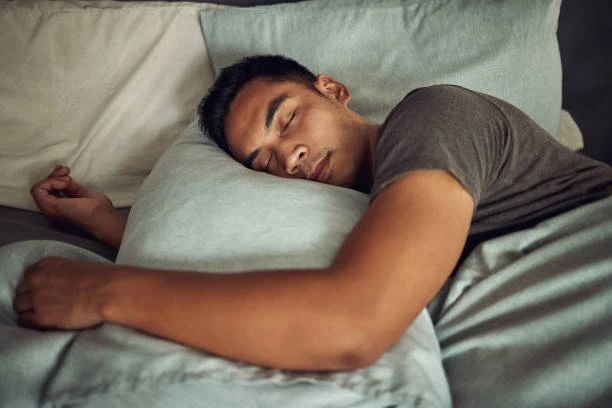
Orthodontic treatment is not all about making a beautiful smile; it may also contribute to the improvement of the overall health. In some instances, Invisalign can be used to re-align the jaw and teeth in a manner that aids an open airway and results in better nighttime breathing. This may lead to an improved circulation of oxygen, decreased snoring, and daytime sleepiness. It is not a replacement of medical care but can be used as a component of a more comprehensive strategy of dealing with mild sleep apnea.
Quiet, Comfortable, and Non-Intrusive Option
Invisalign is a silent, discreet option to the nightly mask and noise associated with CPAP machines, and it provides an option to carefully selected patients. The aligners are worn during the day but taken out during meals, which means that you have more freedom and comfort without disrupting your bedtime routine. Nevertheless, one should realize that it does not bring immediate results. The actual jaw alignment and any possible sleep apnea improvement usually require several months of regular use. The most important thing is to be patient and closely monitored by your dentist and your sleep specialist in order to achieve results.
Improved Airway Position Through Dental Correction
Invisalign may also be able to open up the upper airway, especially at the back of the throat, by slowly widening the dental arches or by prompting the lower jaw to protrude forward. This minor adjustment is particularly advantageous in people with small jaws, deep bite, or crowded teeth, in which airway limitation is also part of the issue. Although the procedure is not as drastic as surgery, a couple of millimeters of additional room can reduce the risk of soft tissue collapse during sleep. It is possible that that minor change can result in a more restful sleep of better quality in people who have mild obstructive sleep apnea or habitual snoring.
Better Sleep Quality Through Jaw and Bite Realignment
After the jaw alignment has been improved with the help of Invisalign, you will see most patients reporting a decrease in the number of awakenings during the night and a more restorative sleep. Others also claim to wake up with no dry mouth and no headaches in the morning, two sure indicators of untreated sleep apnea. Not all people will have dramatic results, but those who do report that the improvement is life changing. Nevertheless, one should check the progress with the help of follow-up sleep studies. Such assessments will assist in validating the idea that the orthodontic changes are indeed facilitating improved breathing and long-term health.
Limitations and Risks You Should Know
Although it is promising, Invisalign does not fit all sleep apnea patients. It is usually only beneficial to people whose cases are mild and associated with the structure of the jaw or the bite. Invisalign can provide no relief to people with severe OSA, or whose problem is caused by other factors, such as obesity, enlarged tonsils, or neurological reasons. It is important to be aware of these limitations when making an informed and safe and effective treatment decision in collaboration with your healthcare providers.
When Invisalign Isn’t Enough for Moderate to Severe Cases
In case your apnea is moderate or severe, CPAP or a mandibular advancement device (MAD) is more likely to work. An oral appliance can hold your jaw forward in sleep, but Invisalign does not, it just moves your jaw around over months. In addition, individuals with several predisposing factors (such as large tonsils or persistent nasal congestion) would require surgery or other procedures, along with orthodontics.
Monitoring Results with Sleep Studies and Dental Scans
The follow-up is essential in order to understand whether Invisalign is effective in treating your sleep apnea. After 6-12 months of orthodontic treatment, the sleep studies can be repeated to determine whether the oxygen levels and breathing interruptions have changed. CBCT scans can also be used by your dentist to check the jaw position and the size of the airway during the process. In the absence of this information, one cannot determine whether Invisalign is making your sleep better or simply straightening your teeth.
Combining Invisalign with Other Treatments Safely
Others respond best to a combination therapy, Invisalign by day, sleep appliance or CPAP at night. Orthodontics may require surgical correction of other individuals with more severe structural issues. It is a matter of constructing a plan that suits your anatomy, medical history, and objectives. There is no universal solution to all cases.
Alternative Tooth Alignment and Airway Options
Even when Invisalign does not work out, there are some tested methods to help you sleep better and have a healthier mouth. There are ways in which sleep apnea can be relieved such as CPAP therapy, custom oral appliances, lifestyle changes and even surgery. Meanwhile, proper dental care and checkups keep your mouth healthy- regardless of the route of treatment that you decide to follow.
When Implants Are Not Recommended
Alternative treatments can provide a better outcome, especially when it comes to those who are not good candidates to aligners, either because of severe obstructive sleep apnea, missing teeth, or advanced gum disease. Custom oral sleep appliances are able to shift the jaw into a better sleeping position and maxillomandibular advancement (MMA) surgery actually enlarges the airway by physically moving the jawbones forward. The gold standard of treatment is CPAP therapy, which provides a constant airflow to maintain airways open all night long in moderate to severe cases.
Dentures vs. Bridges: Pros and Cons in Medically Complex Cases
When bite collapse or poor jaw posture is due to missing teeth, replacement of the teeth can enhance airway mechanics. Although dentures and bridges do not relocate the jaw in the manner of Invisalign, they provide structural support to the mouth. In certain situations, this enhanced support is capable of alleviating snoring or mild breathing problems by keeping the mouth in a better position when sleeping.
Temporary Solutions Until Health Stabilizes
Not all people are willing to start the treatment with Invisalign immediately. In case your sleep apnea is moderate to severe, unstable or in case you are receiving some other medical treatment, then you should first consider stabilizing your condition. Meanwhile, a CPAP machine or a custom oral appliance may be used to control the symptoms and enhance sleep. As soon as your health is more stable and your sleep apnea is under a better control, your dental and medical team can re-evaluate the safety and the usefulness of Invisalign as a long-term care choice.
Frequently Asked Questions (FAQs)
1. Can Invisalign cure sleep apnea permanently?
No, Invisalign isn’t a cure for sleep apnea. While it may reduce symptoms in mild or borderline moderate cases, especially by correcting jaw alignment, it doesn’t address every root cause of the condition. Factors like obesity, nasal obstructions, and neuromuscular issues often require different or additional treatments. Invisalign works best when it’s part of a broader, medically supervised plan. It can complement other therapies, such as CPAP or oral appliances, rather than replace them. Always consult both a dental and sleep specialist to ensure you’re getting the most effective and safe care.
2. Is it safe to use Invisalign if I already use a CPAP machine?
Yes, you can typically use Invisalign during the day and CPAP at night without conflict. This combination can be effective, especially if you’re working on improving jaw alignment while still managing your sleep apnea symptoms. However, it’s essential to keep both your dentist and sleep specialist informed. They can monitor for any issues, such as pressure points, shifting teeth, or jaw discomfort, that might interfere with either treatment. In some cases, slight adjustments may be needed to ensure both therapies work smoothly together. Open communication with your care team helps prevent setbacks and ensures you get the full benefit of both treatments.
3. How long before Invisalign shows sleep-related results?
While some people notice better sleep within a few months, the changes from Invisalign are typically gradual. It often takes 6 to 12 months of consistent aligner wear to see meaningful shifts in jaw position. Improvements in airway space or sleep quality may take even longer to develop. Everyone’s anatomy and sleep condition are different, so the timeline and degree of benefit will vary from person to person. Regular monitoring and follow-ups with your provider are key to tracking progress and adjusting your care plan if needed.
4. Do I need a sleep study before starting Invisalign?
Yes. If you’re experiencing symptoms of sleep apnea, or even just suspect it, a sleep study is essential before starting Invisalign. This diagnostic test confirms whether you have sleep apnea, how severe it is, and what kind of treatment you need. It also helps ensure that Invisalign won’t interfere with your breathing during sleep. Your dentist and sleep specialist can then work together to decide if aligners are a safe and beneficial option for you. Skipping this step could delay proper care or lead to ineffective treatment.
5. What’s the difference between Invisalign and sleep apnea mouthguards?
Invisalign and sleep apnea mouthguards serve similar goals but work very differently. Invisalign slowly shifts the teeth and jaws over months to improve alignment and potentially open the airway long-term. In contrast, mandibular advancement devices (MADs) are worn only at night and hold the lower jaw forward temporarily to prevent airway collapse during sleep. While Invisalign focuses on permanent structural changes, MADs offer immediate, short-term relief. In some cases, both treatments can be used together, Invisalign during the day and a MAD at night, for added benefit. It’s important to consult with your dentist or sleep specialist to determine the best combination for your needs.
Take the First Step Toward Better Sleep and Confidence
If you’ve been diagnosed with mild sleep apnea and want a discreet, long-term option to support your breathing and oral health, Invisalign may be worth exploring. Don’t wait to ask questions, your dentist and sleep specialist can help you make the safest, most effective choice for your needs.
Clear aligners won’t be the answer for everyone, but for the right patient, they can offer dual benefits: better rest and a confident smile. Schedule a consultation today and take control of your health—starting with how you sleep tonight.

